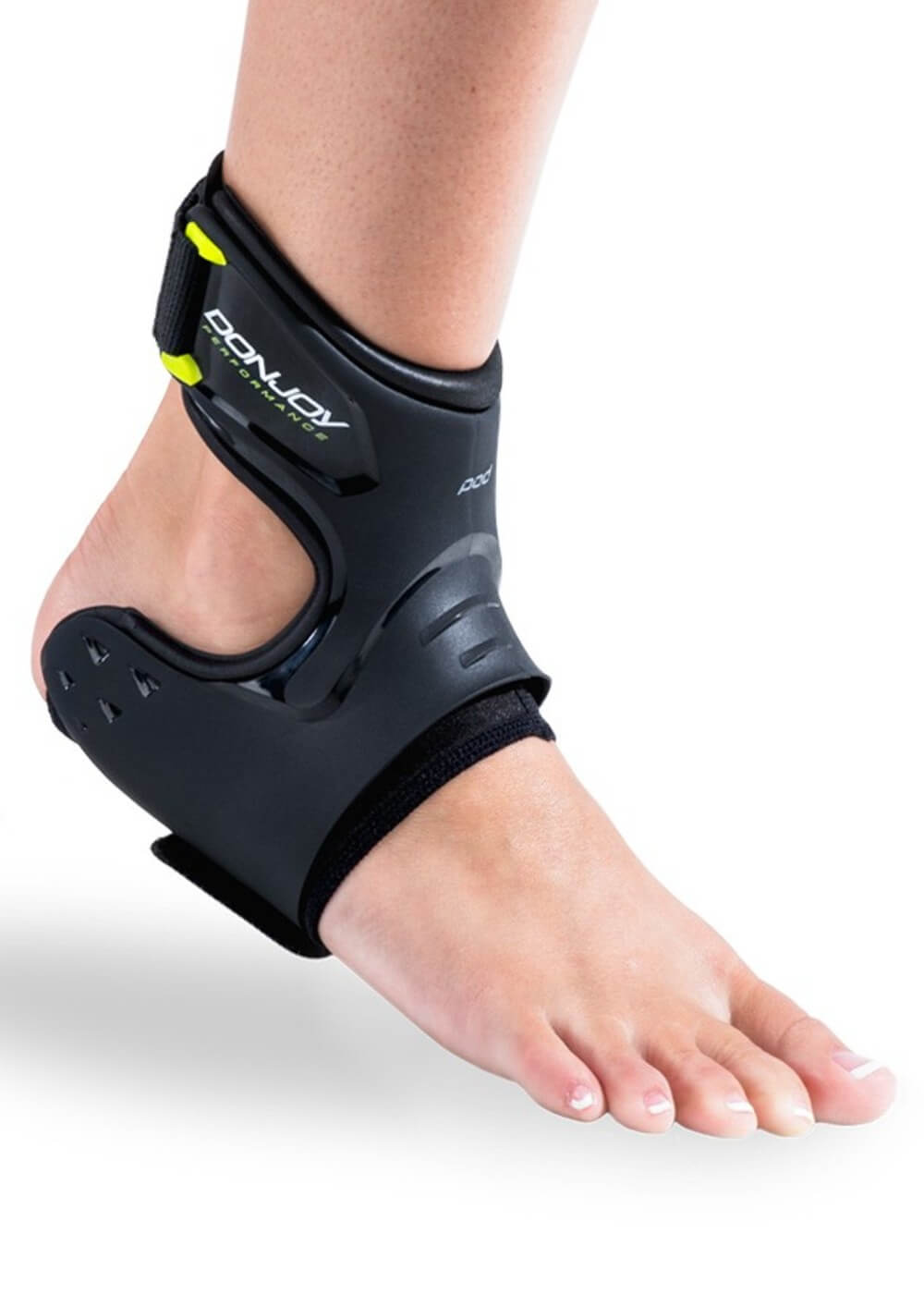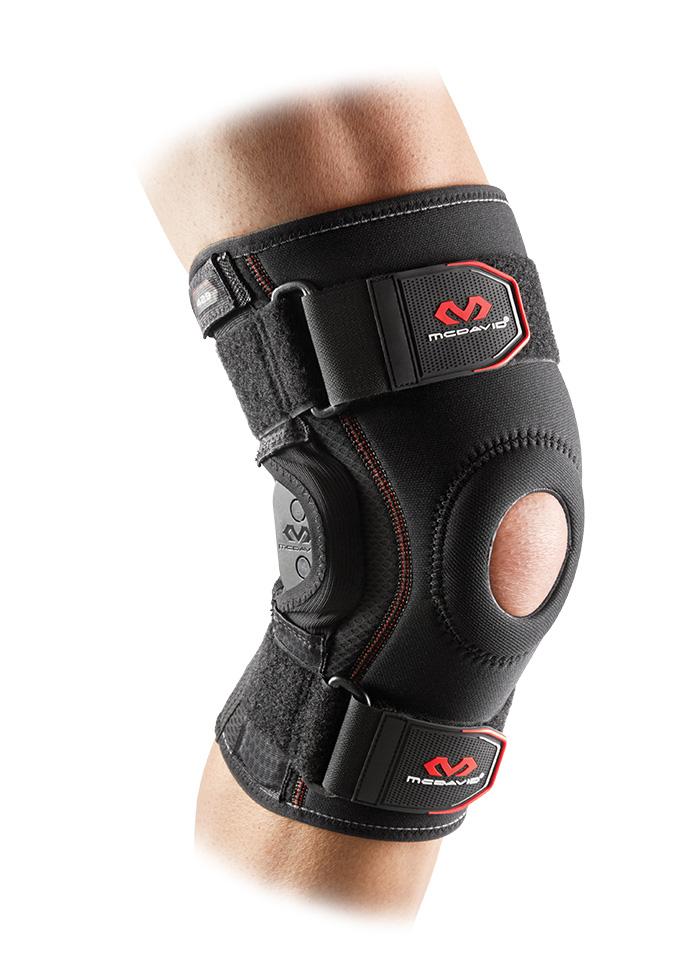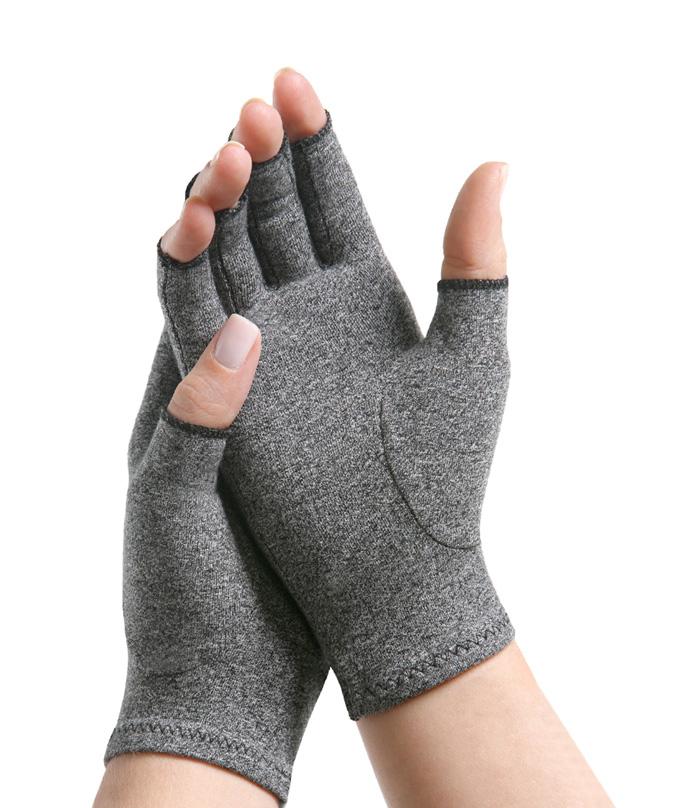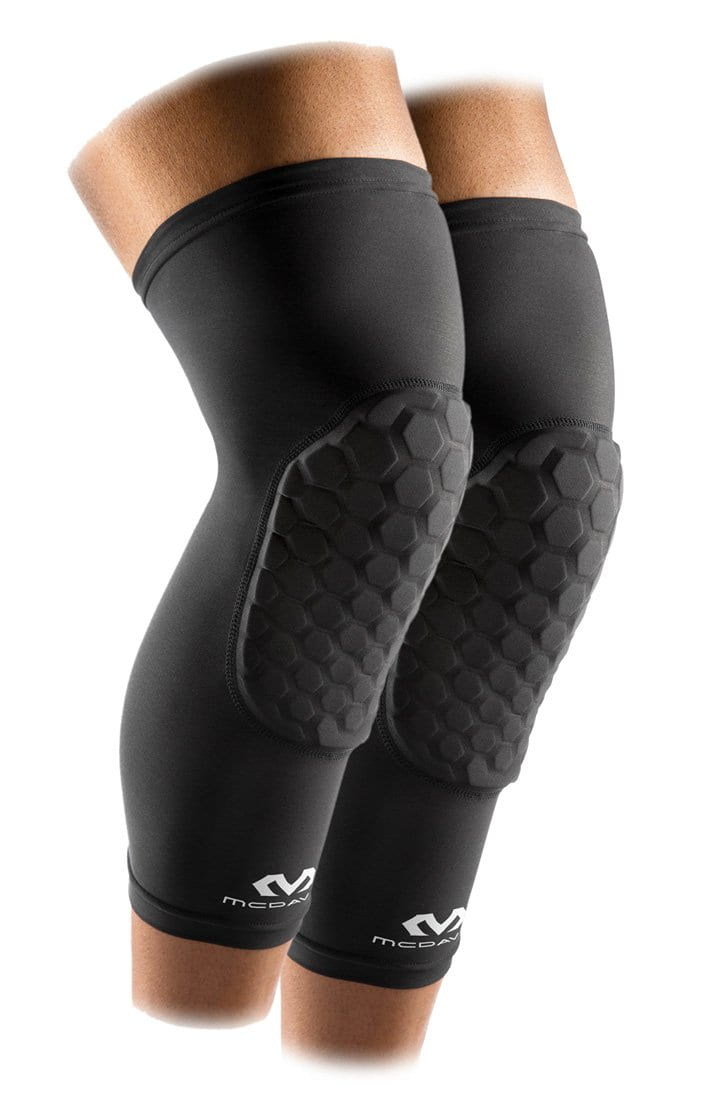Rotator Cuff Injury: Diagnosis, Symptoms & Treatment Options
 The rotator cuff is made of a group of muscles and tendons surrounding the shoulder joint. It keeps the ball of your humerus (bone in the upper arm) intact in the socket of your shoulder joint, forming a ball-and-socket joint and giving you a full circular range of motion from this joint.
The rotator cuff is made of a group of muscles and tendons surrounding the shoulder joint. It keeps the ball of your humerus (bone in the upper arm) intact in the socket of your shoulder joint, forming a ball-and-socket joint and giving you a full circular range of motion from this joint.
A rotator cuff injury is characterized by a dull ache in your shoulder, which may worsen when you lie down on the injured side. It is common in people who are routinely involved in overhead motions, for example, painters and carpenters and sportsmen such as tennis and baseball. Your risk also increases with age because your bones begin to degenerate with time. This, of course, is not inevitable with the right diet rich in bone-enhancing minerals such as calcium and regular exercise.
With physical therapy exercises which improve the flexibility and strength of the joint and the muscles surrounding it, you will recover from this injury in no time. However, severe injuries which involve complete tendon or muscle tears may have to be rectified with surgery.
Anatomy
Your shoulder consists of three bones:
- The humerus - upper arm bone
- The scapula - shoulder blade
- The clavicle - collarbone
As we mentioned earlier, your shoulder is a ball-and-socket joint because the “ball” or head of the humerus fits the socket of the shoulder blade. The ball-like nature and the shallow socket gives you a full rotational range of motion.
Your arm is firmly kept in the shoulder socket with the help of a rotator cuff. The rotator cuff includes a network of four muscles, namely the
- Subscapularis
- Supraspinatus
- Infraspinatus
- Teres minor
These muscles form into tendons, covering the head of the upper arm bone to control and stabilize shoulder movements. The rotator cuff attaches the upper arm bone to the shoulder blade, thus helping you lift, rotate and move your arm in any direction.
Causes
The bone at the top of your shoulder and the rotator cuff have a bursa between them. A bursa is a tiny sac filled with fluid which keeps the joints lubricated so you can move them freely without friction. An injury to the rotator cuff tendon may also inflame the bursa, causing pain and swelling. Inflammation may vary from mild inflammation of the tendons, called rotator cuff tendonitis, shoulder bursitis, and calcific tendonitis to partial or complete rotator cuff tears, which call for immediate medical attention and surgery.
Any injury to the rotator cuff muscles or tendons will bring rise to a rotator cuff injury, whether it is a rotator cuff tear, rotator cuff impingement (compression of rotator cuff during shoulder movements), a rotator cuff tendonitis or any other rotator cuff related injury.
Signs and Symptoms
Some common signs and symptoms of rotator cuff injury include:
- Shoulder pain than travels from the top of your shoulder to the elbow
- Shoulder pain while lying on the injured side
- Shoulder pain while resting in case of severe rotator cuff injuries
- Shoulder pain when you bring your arm over head
- A click when you bring your arm at shoulder height or overhead
- Muscle pain and weakness at the affected region while reaching for something or lifting
- Pain while putting your hand on your head or behind your back
Treatment Options
Follow these steps if you suspect you have a rotator cuff injury:
- Rest
Rest from all aggravating activities, especially the ones that caused the injury in the first place. However, avoid completely keeping your shoulder dormant. Try your best to keep it mobile while preventing severe pain from arising.
- Take OTC painkillers
Painkillers are occasionally needed, but if pain is affecting your daily routine, OTC painkillers such as acetaminophen and ibuprofen would be helpful.
- Physiotherapy
Let your doctor decide which exercises you can perform to improve your shoulder health. Make sure you carefully follow the advice and instructions given by the physiotherapist. See collection for shoulder support: Shoulder Braces & Posture Supporters
- Shoulder Wrap
Use the McDavid Shoulder Wrap to help recover from rotator cuff injuries and ease shoulder pain.
Image Re-Use
You are allowed to re-use the image with the https://bodyheal.myshopify.com logo on your website or any online publication as long as the proper creditation is given to https://bodyheal.myshopify.com You can link back to our homepage, https://bodyheal.myshopify.com/ or this article at https://bodyheal.myshopify.com/blogs/shoulders/rotator-cuff-injury-diagnosis-symptoms-treatment-options
Images (c) CanStockPhoto.com








Leave a comment